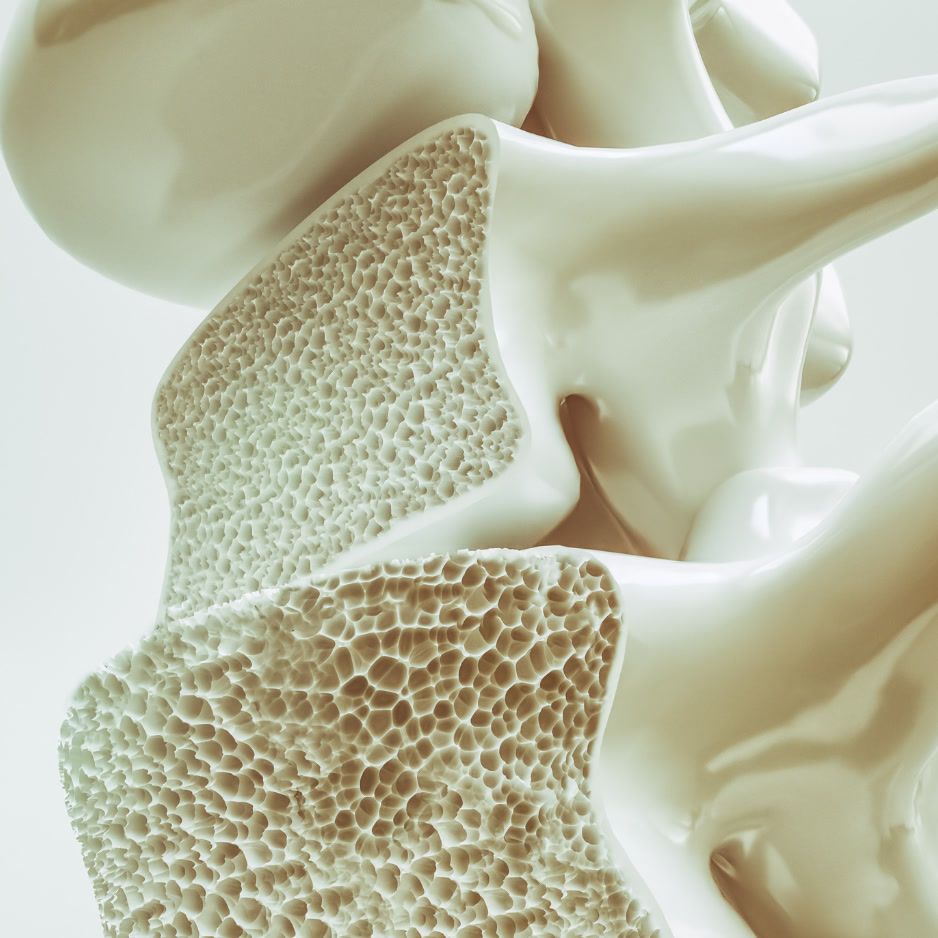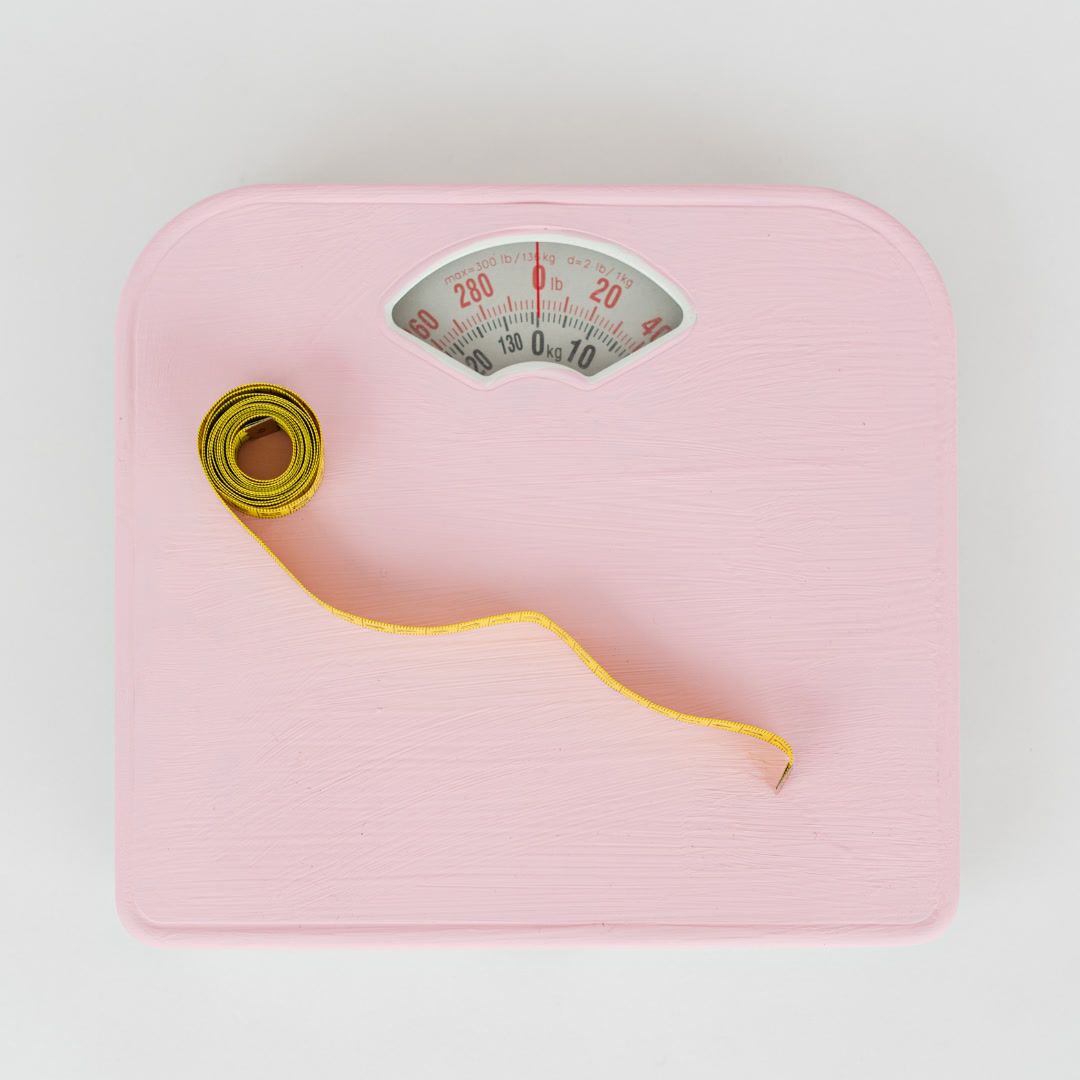Perimenopause Sleep Issues: Causes, Fixes & 14-Day Plan
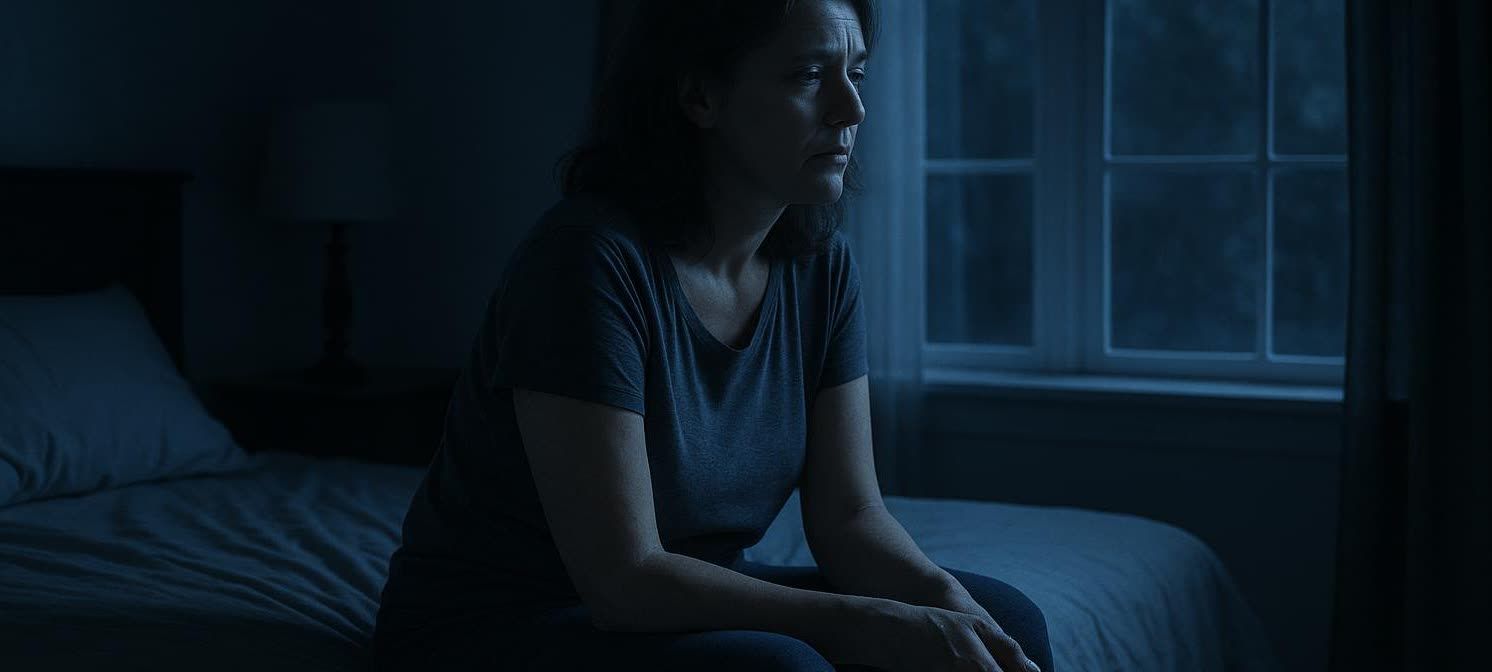
Perimenopause Sleep Issues: Causes, Fixes & 14‑Day Plan
Struggling with 2 a.m. wake‑ups, night sweats, or racing thoughts? You’re not alone. Sleep problems affect over 40% of women during perimenopause, driven by shifting hormones, hot flashes/night sweats, and circadian changes according to the National Council on Aging.
This guide explains what’s happening, how to assess your sleep, and a practical, evidence‑backed plan to sleep better—without hype.
The Short Answer
Yes—perimenopause can make sleep harder. The biggest culprits are hormone swings and hot flashes, with rising risks of insomnia, sleep apnea, and restless legs.
The most effective fixes include keeping your room cool and dark, treating hot flashes/night sweats (hormonal or non‑hormonal), using CBT‑I for insomnia, and screening for sleep apnea/RLS if symptoms fit (NIA/NIH; Johns Hopkins Medicine; Sleep Foundation).
TL;DR
- Perimenopausal sleep disruptions are common due to fluctuating estrogen and progesterone, vasomotor symptoms, and increased risks of insomnia, obstructive sleep apnea (OSA), and restless legs syndrome (RLS) (Sleep Foundation; Johns Hopkins Medicine).
- Over 40% report sleep problems, with insomnia most common; in one study of women in their 40s and 50s, 42% met the poor‑sleep cutoff on the Pittsburgh Sleep Quality Index (PSQI > 5) (Chronobiology in Medicine; Journal of Clinical Sleep Medicine).
- First‑line options: treat hot flashes/night sweats (HRT or non‑hormonal meds), use CBT‑I for insomnia, and rule out OSA/RLS when symptoms suggest them (NIA/NIH; Sleep Foundation on CBT‑I).
- Lifestyle and environmental factors are crucial: keep the bedroom cool, dark, and quiet; keep consistent sleep/wake times; limit evening alcohol/caffeine; and move your body regularly (NIA/NIH).
Related reading
- Night sweats: causes, concerns, and what helps
- Calculate how much sleep you need
- Magnesium for sleep: benefits, dosage, and forms
- Effects of blue light on sleep and recovery
Why perimenopause disrupts sleep
When hormones that once kept your sleep/wake rhythms steady start to zig‑zag, brain temperature control, arousal, and even breathing stability can go off‑script.
- Estrogen and progesterone swings affect thermoregulation and sleep architecture; lower estradiol and higher FSH are linked with more awakenings—even without night sweats (Sleep Foundation).
- Hot flashes/night sweats fragment sleep; some data suggest awakenings can even precede the hot flash you notice (NIA/NIH).
- Sleep disorders rise: insomnia is most common; OSA and RLS also become more prevalent in midlife. Postmenopausal people are 2–3× more likely to have sleep apnea than premenopausal peers, partly due to loss of hormone‑related airway protection (Chronobiology in Medicine; Johns Hopkins Medicine).
Pro tip: If you regularly wake up overheated or gasping/snoring, treat those root causes first—sleep improves faster when the trigger is handled.
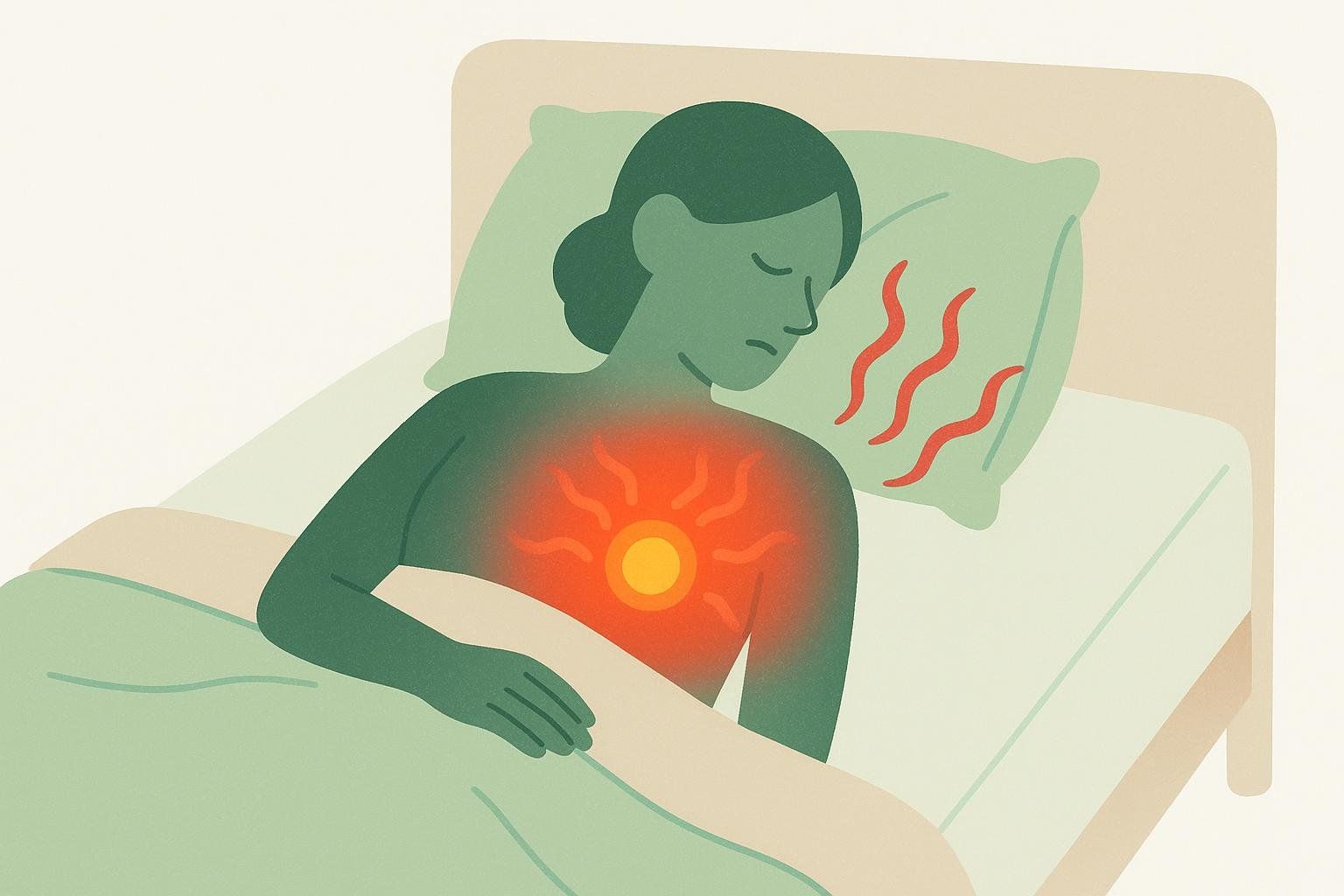
Common sleep disorders in perimenopause
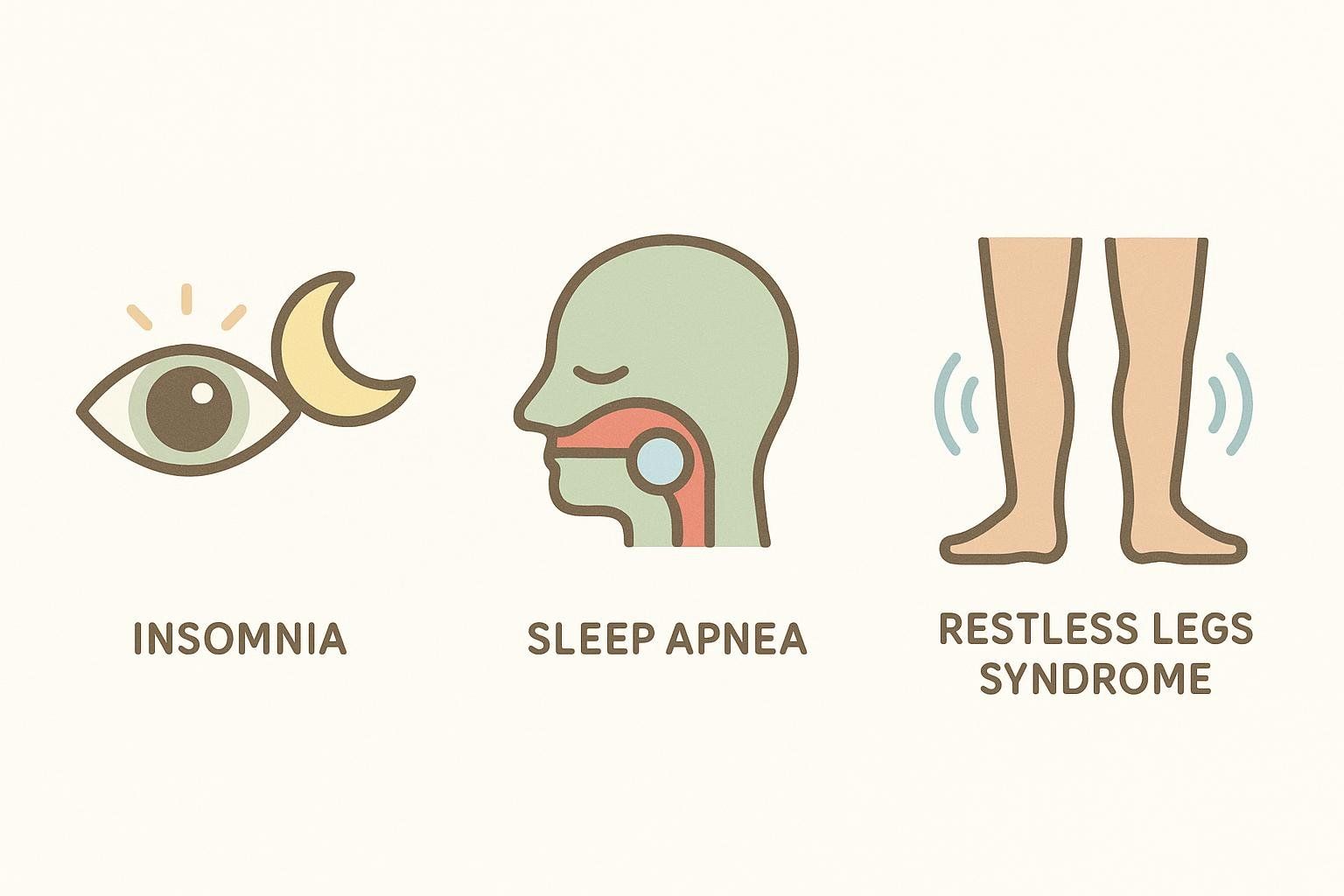
- Insomnia: Trouble falling asleep, staying asleep, or waking too early with daytime impairment. CBT‑I is first‑line and highly effective, with endorsements from major medical groups (Sleep Foundation on CBT‑I).
- OSA clues: Loud snoring, gasping, morning headaches, resistant hypertension, or bed‑partner noticing pauses in breathing; risk increases after menopause (Johns Hopkins Medicine).
- RLS/PLMs: Urge to move the legs at night with relief on movement; can co‑occur with OSA/insomnia (Chronobiology in Medicine).
Red flags—call your clinician: night sweats with fever or unexplained weight loss, chest pain, new severe headaches or neurologic symptoms, or persistent drenching sweats despite a cool room (NIA/NIH).
How to assess your sleep (quick toolkit)
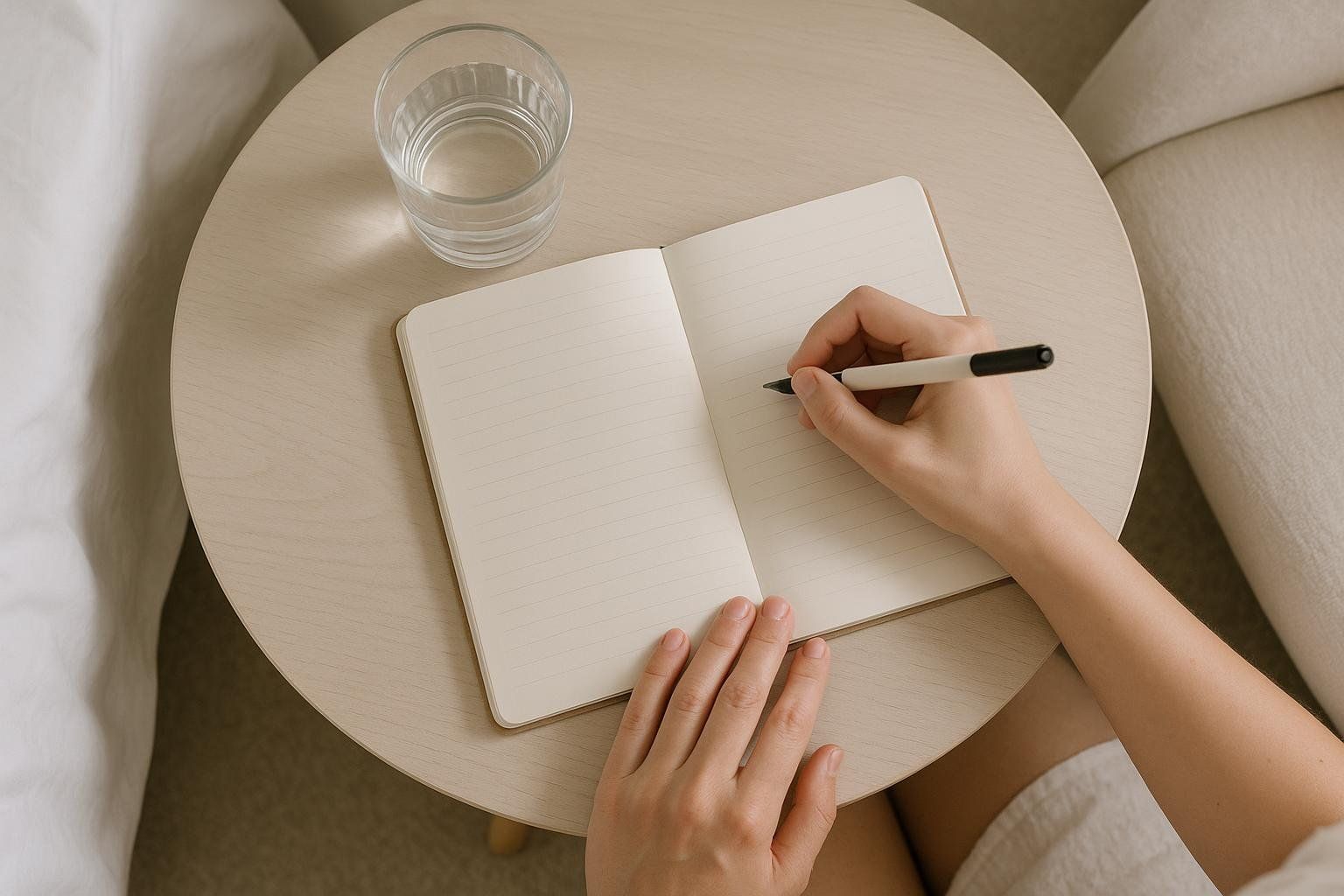
- Sleep diary (1–2 weeks): bedtime/wake time, time to fall asleep, awakenings, night sweats/hot flashes, alcohol/caffeine, and exercise.
- Pittsburgh Sleep Quality Index (PSQI): a clinician‑used questionnaire; a total score over 5 suggests poor sleep quality in research settings (Journal of Clinical Sleep Medicine).
- Wearables: handy for patterns (late bedtimes, low sleep efficiency), but decisions still rely on symptoms and, when indicated, formal testing.
If snoring, witnessed apneas, or significant daytime sleepiness are present, ask your clinician about a sleep study—especially if symptoms ramped up during perimenopause (Sleep Foundation).
Effective treatments for sleep issues
1) Tame vasomotor symptoms (the “sleep saboteurs”)
- Hormone therapy (HRT/MHT) is highly effective for moderate–severe hot flashes/night sweats and can improve sleep quality in eligible candidates; discuss benefits/risks with your clinician (Johns Hopkins Medicine). Our guide on HRT and weight changes provides more detail.
- Non‑hormonal medications: SSRIs/SNRIs, gabapentin, oxybutynin, and the NK3‑receptor antagonist fezolinetant reduce hot‑flash frequency and severity (Sleep Foundation; GoodRx).
2) Insomnia: make CBT‑I your first stop
CBT‑I rewires thoughts/behaviors that keep insomnia going (stimulus control, sleep restriction/compression, relaxation training). Up to ~80% of adults improve, and organizations like the American College of Physicians recommend it as first‑line therapy for chronic insomnia (Sleep Foundation on CBT‑I).

If insomnia is driven by night sweats, combine CBT‑I with vasomotor symptom treatment for best results.
3) OSA and RLS: target the root problem
- OSA: CPAP is the gold standard; treating apnea improves sleep quality and cardiometabolic risks (Chronobiology in Medicine).
- RLS/PLMs: Options include dopamine agonists or alpha‑2‑delta ligands; work with your clinician to select and monitor therapy (Chronobiology in Medicine).
4) Lifestyle & environment (high‑yield essentials)

- Set a consistent wake‑up time, keep the bedroom cool/quiet/dark, avoid screens before bed, and limit late‑day caffeine and evening alcohol (NIA/NIH). Most adults need roughly 7–8 hours, and you can calculate how much sleep you need and reduce blue‑light disruption for better rest.
- Move most days: Regular exercise supports sleep; earlier in the day is usually better. Yoga, breathing, and relaxation training help dial down arousal and stress (Johns Hopkins Medicine).
5) Supplements (use wisely)
- Melatonin can help with circadian timing or sleep onset in some, but it’s not a long‑term fix for chronic insomnia; discuss dose/timing with your clinician (NIA/NIH).
- Magnesium may provide modest, mixed benefits for sleep—signals are more consistent in older adults and those with low intake. If you try it, start conservatively and stay within supplemental limits unless advised otherwise; see our guide to forms and dosing: Magnesium for sleep: benefits, dosage, and forms and our broader Perimenopause supplements guide.
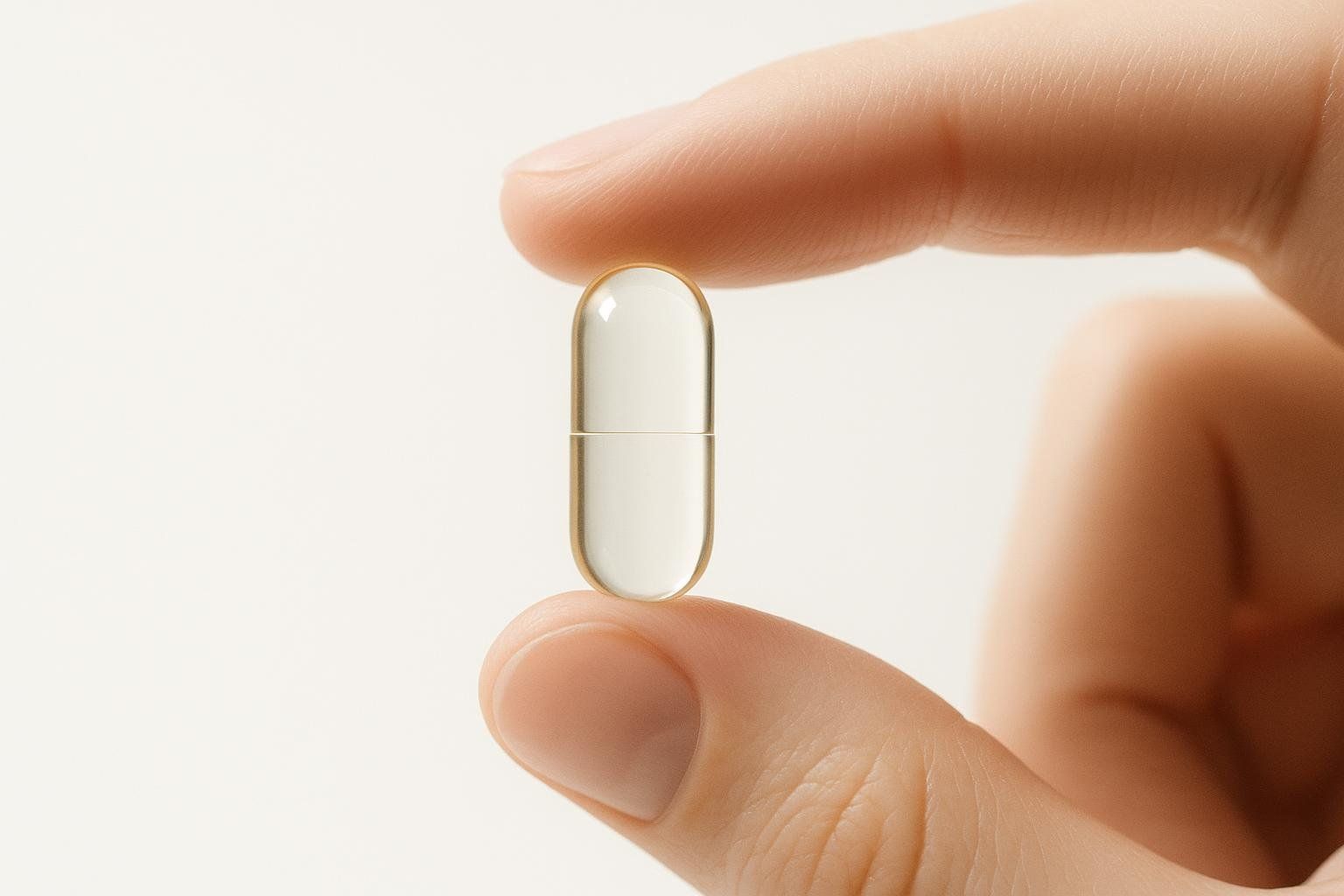
A step‑by‑step plan: Your 14‑day perimenopause sleep reset
Use this plan as a starting template; personalize it with your clinician as needed.
Days 1–3: Build your base
- Bedroom: set temp to ~65–68°F, add a fan, switch to breathable bedding; keep water and light layers nearby if night sweats hit (NIA/NIH).
- Routine: set a consistent wake‑up time; start a 10‑minute wind‑down (dim lights, screens off, light stretch, breathing).
- Diary: begin a nightly log (bedtime, wake time, awakenings/hot flashes, alcohol/caffeine, exercise).
Days 4–7: Layer core behaviors
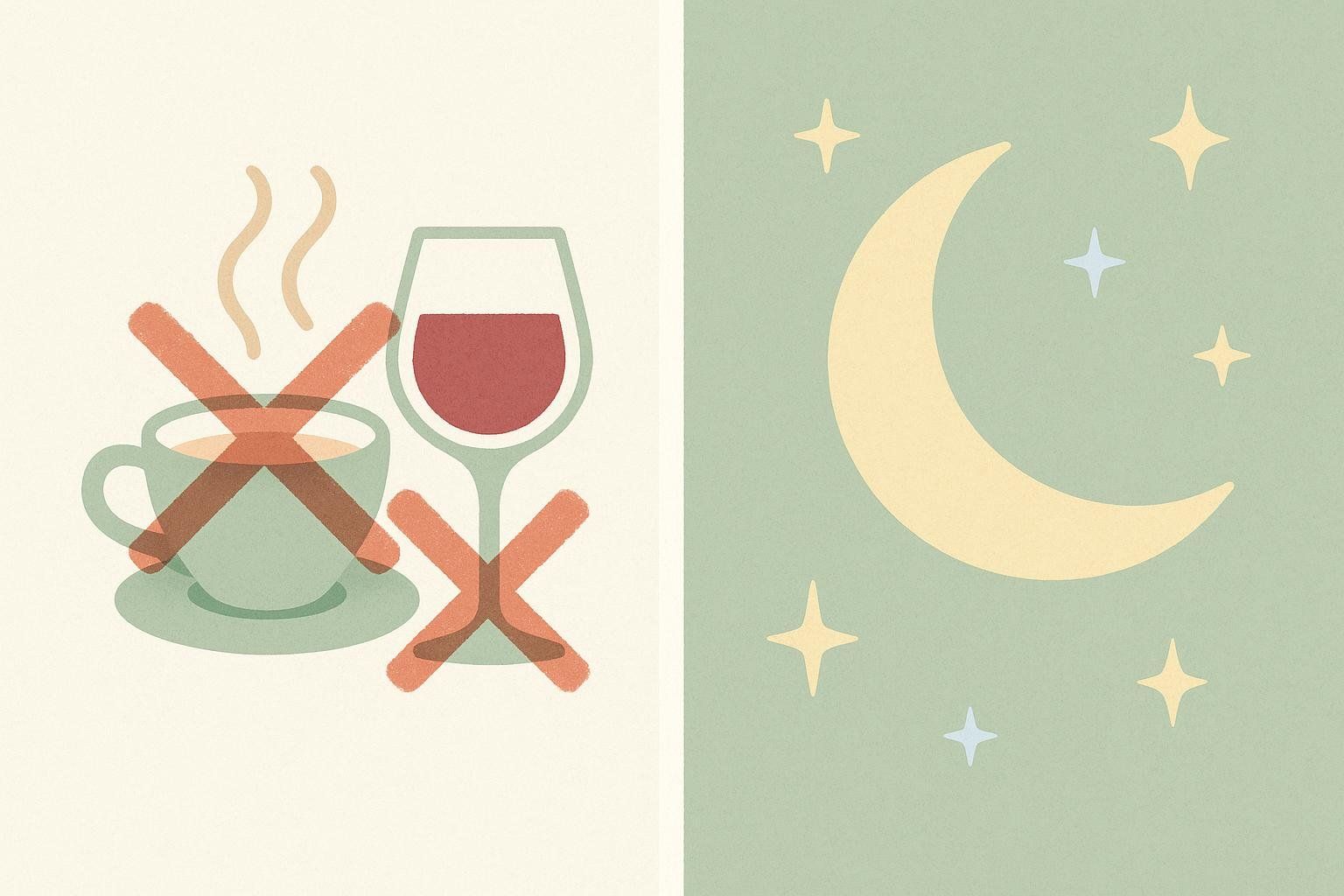
- Try CBT‑I basics: if unable to sleep in ~20 minutes, get up and do something calm in low light; return only when sleepy (Sleep Foundation on CBT‑I).
- Time caffeine before 2 p.m.; skip alcohol close to bedtime (NIA/NIH).
- Exercise most days; avoid vigorous sessions late at night (Johns Hopkins Medicine).
Days 8–10: Target hot flashes/night sweats
- Track triggers (spicy food, hot showers, alcohol). If vasomotor symptoms are frequent or severe, talk to your clinician about HRT or non‑hormonal therapies (Sleep Foundation). Review BodySpec’s night sweats guide.
Days 11–14: Troubleshoot and escalate appropriately
- Snoring or gasping? Daytime sleepiness despite 7–8 hours in bed? Ask about a sleep study for OSA (Johns Hopkins Medicine).
- Persistent insomnia (> 3 months)? Seek CBT‑I (in person or digital) (Sleep Foundation).
- Consider short‑term melatonin if sleep onset is a challenge; align timing with your clinician (NIA/NIH).
Quick decision guide
“I wake drenched several times a night.”
Prioritize vasomotor symptom treatment, a cooler bedroom, and CBT‑I for awakenings (see the Sleep Foundation and NIA/NIH).
“I can’t fall asleep, even when I’m exhausted.”
Use a consistent wake time, wind‑down, and CBT‑I strategies; avoid late caffeine/alcohol; consider short‑term melatonin timing support (NIA/NIH).
“My partner says I stop breathing at night.”
Ask for OSA screening; CPAP can dramatically improve sleep and day function (Chronobiology in Medicine).
“My legs won’t settle at night.”
Discuss RLS evaluation and treatment options with your clinician (Chronobiology in Medicine).
How BodySpec can help during perimenopause
Poor sleep can nudge cravings, insulin resistance, and body‑composition changes (more visceral fat, less lean mass). A BodySpec DEXA scan gives objective feedback on:
- Visceral fat in grams and percentile (a key cardiometabolic marker in midlife)
- Lean mass by region (protect muscle while you solve sleep)
- Bone density screening data (non‑diagnostic) to inform conversations about bone health
Ready to see your baseline and track progress? Book a BodySpec DEXA scan. Learn more: DEXA for women, Visceral fat and menopause, and Menopause weight gain: solutions.
FAQs
-
Do hot flashes cause awakenings—or do awakenings trigger hot flashes?
Both patterns occur. Some research suggests awakenings can precede a perceived hot flash, which is why a combined approach (treat vasomotor symptoms + address insomnia behaviors) works best (NIA/NIH). -
Is this just “part of aging,” or should I get evaluated?
Don’t accept poor sleep as inevitable. New or severe symptoms deserve a check‑in to rule out thyroid disease, sleep apnea, medication effects, and other conditions (Sleep Foundation). -
Will hormone therapy fix my sleep?
HRT helps many by reducing night sweats and improving sleep quality, but it’s not a treatment for OSA or RLS—those need specific therapies (Sleep Foundation). -
Are supplements like magnesium a cure?
No. Some people find modest benefits; foundations like CBT‑I, temperature control, and vasomotor symptom treatment typically have larger effects. See BodySpec’s magnesium guide.
References and trusted guides
- Overview: Sleep Foundation
- Clinical guidance: NIA/NIH
- Mechanisms & prevalence: Chronobiology in Medicine
- Midlife cohort data: Journal of Clinical Sleep Medicine
- OSA risk and lifestyle tips: Johns Hopkins Medicine
- Non‑hormonal options & environment: GoodRx
- Prevalence overview: National Council on Aging
Disclaimer: Educational only; not medical advice. Always consult a qualified healthcare professional for diagnosis and treatment.
